Good Source of Information Re Feeding Your Bearded Dragon
Source: http://www.5min.com/Video/Caring-for-a-Bearded-Dragon---Feeding-145450086
Source: http://www.5min.com/Video/Caring-for-a-Bearded-Dragon---Feeding-145450086
 s
s © K. W. Tosney
© K. W. Tosney © K. W. Tosney
© K. W. Tosney S
S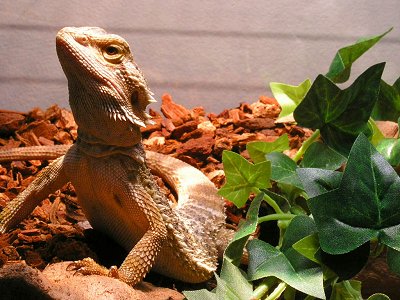 Bearded dragon, photo courtesy of Matt Ramos Photography
Bearded dragon, photo courtesy of Matt Ramos Photography
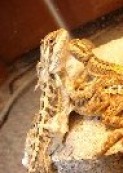 Bearded
Dragons shed throughout their lives. Whether it is because they
literally outgrow their skin or just because their skin is getting old,
they will shed and have new scales underneath. With every shed, your
Bearded Dragons colors will change, sometimes subtly and sometimes very
obviously. Young Bearded Dragons can be in shed almost constantly, old
ones usually shed only a few times a year. You will notice that your
Bearded Dragon is getting ready to shed when the scales become ashy
gray. Shortly after, your Bearded Dragon will start rubbing and the
scales will come off in patches and bits. Your Bearded Dragon may become
moody and go off of his food when shedding, and this is perfectly
normal. Shedding can last anywhere from days to weeks. Make sure you
do NOT try to help them shed by tearing off any of their skin, this can
damage the new skin and hurt your pet. What you can do is give them
extra baths and mistings to help them stay hydrated and relieve their
itching. This will also help the shedding process go faster. Bearded
Dragons may eat their skin after they have shed it. This is perfectly
normal, and actually is thought to be healthy. It is nothing to worry
about.
Bearded
Dragons shed throughout their lives. Whether it is because they
literally outgrow their skin or just because their skin is getting old,
they will shed and have new scales underneath. With every shed, your
Bearded Dragons colors will change, sometimes subtly and sometimes very
obviously. Young Bearded Dragons can be in shed almost constantly, old
ones usually shed only a few times a year. You will notice that your
Bearded Dragon is getting ready to shed when the scales become ashy
gray. Shortly after, your Bearded Dragon will start rubbing and the
scales will come off in patches and bits. Your Bearded Dragon may become
moody and go off of his food when shedding, and this is perfectly
normal. Shedding can last anywhere from days to weeks. Make sure you
do NOT try to help them shed by tearing off any of their skin, this can
damage the new skin and hurt your pet. What you can do is give them
extra baths and mistings to help them stay hydrated and relieve their
itching. This will also help the shedding process go faster. Bearded
Dragons may eat their skin after they have shed it. This is perfectly
normal, and actually is thought to be healthy. It is nothing to worry
about. 
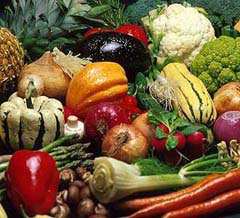 Opinions
on the internet vary widely about the benefits and risks of feeding
different sorts of veggies to your beardie. There seem to be a few
reasons for this, as far as I can tell. Mainly, everyone’s in agreement
that you should try to get really high-calcium veggies into your
beardie’s diet, with the main exception of spinach. According to more
than one site (1, 2), spinach (and, according to another site,
also kale)will bind with calcium so, even though it nutritionally
contains a lot of calcium, it’s not really all that great for getting
calcium into your beardie–in fact it seems to do somewhat the reverse.
Opinions
on the internet vary widely about the benefits and risks of feeding
different sorts of veggies to your beardie. There seem to be a few
reasons for this, as far as I can tell. Mainly, everyone’s in agreement
that you should try to get really high-calcium veggies into your
beardie’s diet, with the main exception of spinach. According to more
than one site (1, 2), spinach (and, according to another site,
also kale)will bind with calcium so, even though it nutritionally
contains a lot of calcium, it’s not really all that great for getting
calcium into your beardie–in fact it seems to do somewhat the reverse.



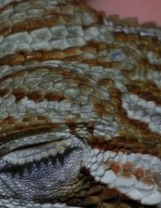 © Jamie Duke The Parietal/Third Eye
© Jamie Duke The Parietal/Third Eye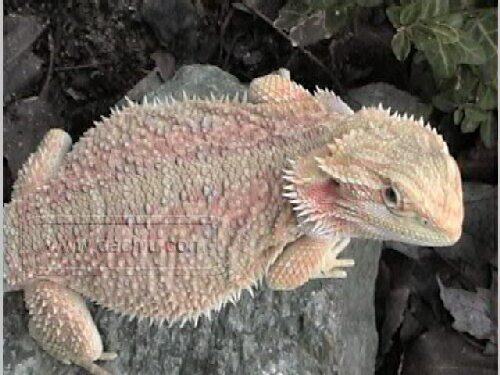 HypoX Red Dragon
HypoX Red Dragon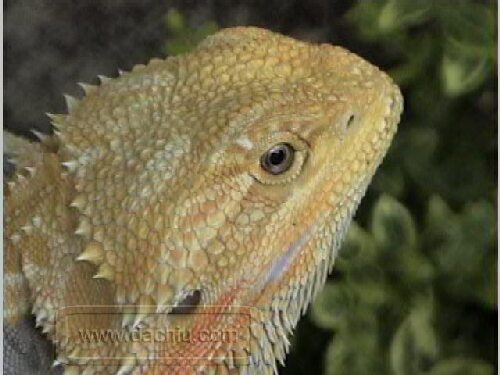 Yellow Red Desert
Yellow Red Desert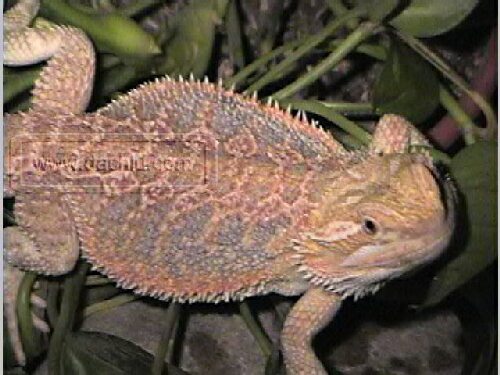 Flamintiger
Flamintiger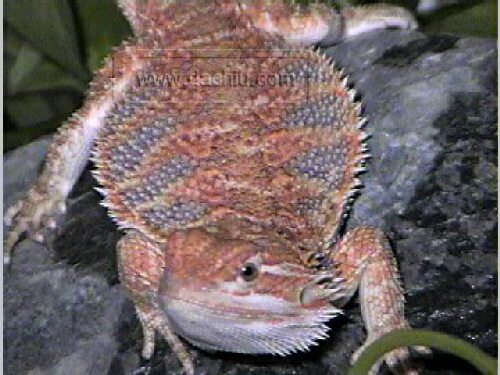 Redflame
Redflame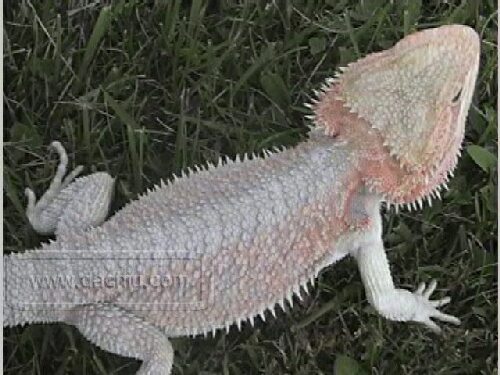 HypoPastel
HypoPastel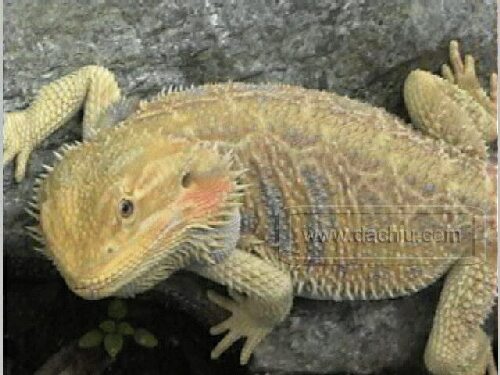 Yellow and Lavender
Yellow and Lavender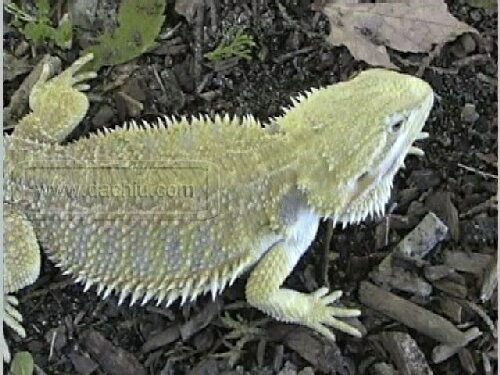 Yellow Tangerine
Yellow Tangerine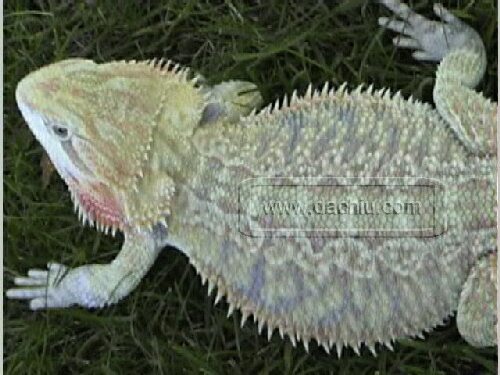 Sandfire Sunburst
Sandfire Sunburst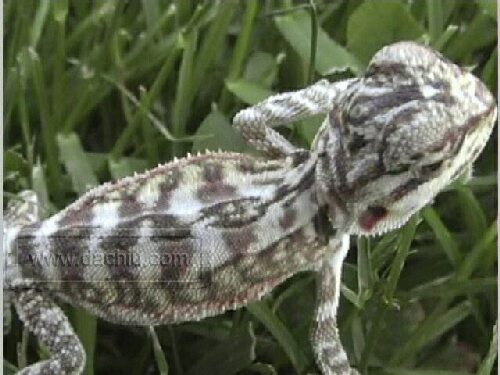
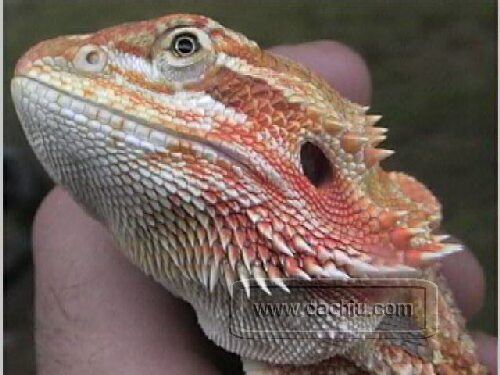 Orange Red Sandfire
Orange Red Sandfire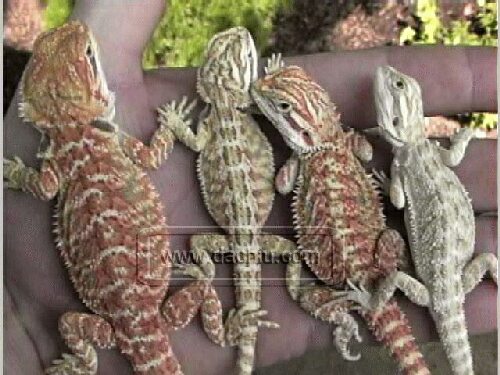 Mixed Batch
Mixed Batch |
 Your Bearded Dragon is an omnivore, meaning that he needs a balanced diet of meat and vegetable matter. A hatchling dragon will eat mostly small insects. As your dragon grows, he will start to eat more vegetable matter. The diet of a juvenile dragon (2-4 months of age) will consist of approximately 80% insects and 20% greens. Young dragons should be fed 2-3 times daily. If insufficient food is fed, young dragons may nip at the tails and toes of their cage mate |
| Plant Food Sources
Plant matter should make up approximately 20% of your dragon's diet and should consist mainly of green leafy vegetables. You may also include other vegetables. Fruit should make up the smallest portion of the diet. Shred or tear vegetables and fruits into small pieces and mix them together to encourage your dragon to eat all that is offered, and not just pick out his favorite foods. Following is a list of some popular plant-based dragon foods.
Being September, the blackberries are very ripe and delicious and my beardie LOVES them. She eats one or two every few days. This is a delight that she can enjoy for about a month and then they are out of season. Be careful with seeds with small immature beardies as they can create a blockage. Also don't let food mix with the cage substrate i.e. sand etc because the small particles caught on the food may also cause a digestion problem. Use a saucer or small container lid. Sources: http://www.drsfostersmith.com/pic/article.cfm?aid=824 http://www.bearded-dragon-food.com/ http://beardeddragoncaresheet.weebly.com/feeding-and-watering.html |